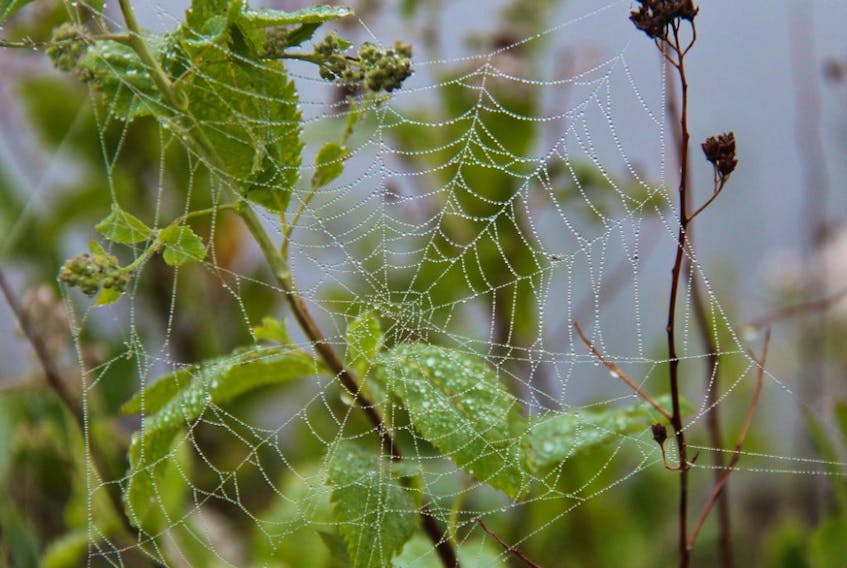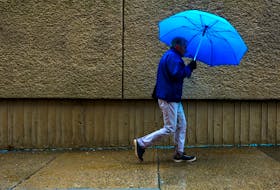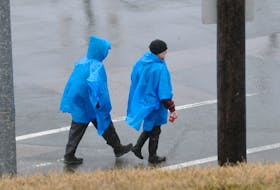
It’s been quite a summer!
The heat wave that blanketed Atlantic Canada was one for the record books; many towns and cities set records for consecutive days with temperatures above 25 degrees. If you were to read this a few years down the road and didn’t remember experiencing it, you might be tempted to say, “that sounds pretty nice.” But the air temperature was only a small part of the story.
I talked a lot about the humidex. The humidex is a measure indicating the level of discomfort the average person is thought to experience as a result of the combined effects of the temperature and humidity. The humidex should not be referred to as a temperature since it is not measured. It’s a calculated value.
- CINDY DAY: It’s not the heat, it’s the humidity!
- GRANDMA SAYS: Taking a bite out of summer
- CINDY'S SNAPSHOT: Phil Vogler, New London, P.E.I.
Back to the dew point. It is a temperature and an important one. It’s the temperature at which the air becomes saturated. In other words, the dew point is the point at which the air must be cooled in order for the air mass to become saturated – assuming there is no drastic change in air pressure. At that point, the air condenses into water droplets, which we see as fog. It is really a true measure of how much water vapour is in the air. The higher the dew point, the more water there is in the air, and the lower the dew point, the drier the air mass is.
The dew point is a good tool to use all year long. In the winter, the lower the dew point, the drier the air mass is, and the more likely precipitation will fall as snow, even if the temperature initially is above freezing. That's because the air temperature will cool as the precipitation starts to evaporate.
It’s hard to imagine snow right now but just for kicks, I went back over the monthly summaries and found that for many of us, the first light dusting of snow came during the first week of November last year – 12 weeks for now.
Cindy Day is SaltWire Network's chief meteorologist









